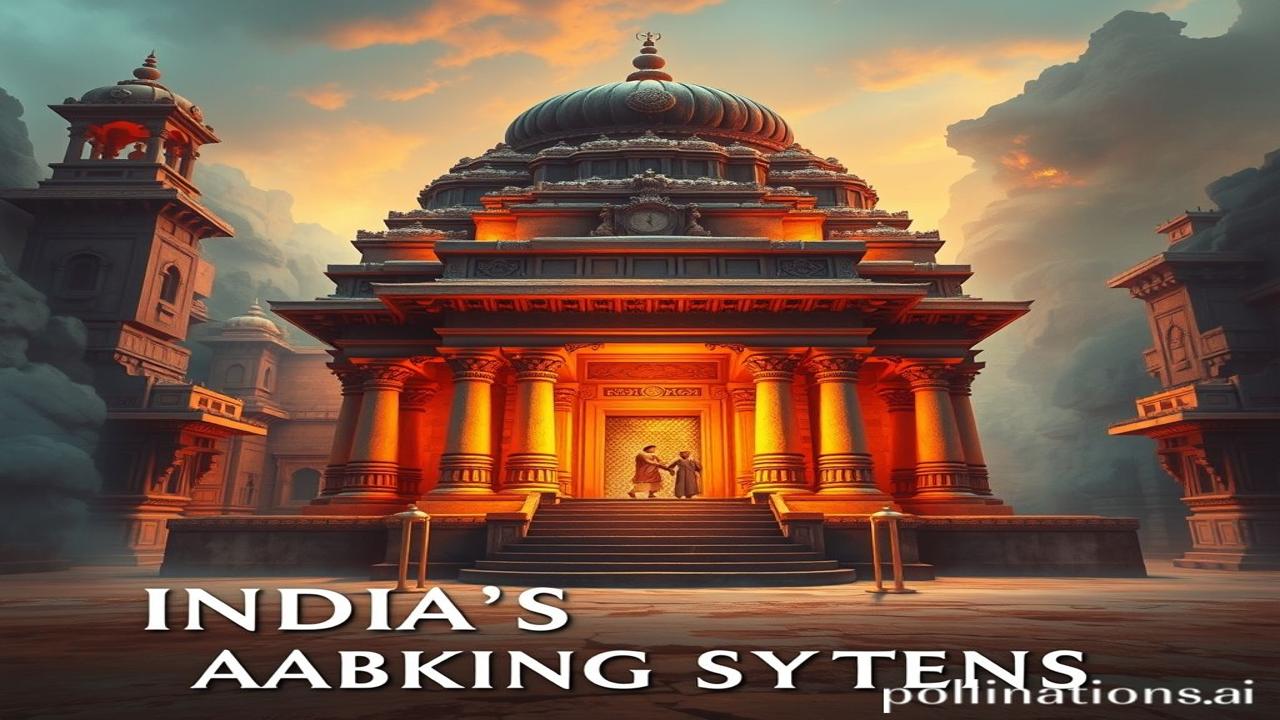Dhool Bhari Kitaabon Se: India’s Living Master Craftspeople Ki Kahani
Kabhi socha hai, jab hazaaron saal pehle Bharat mein rangon ka aagaz hua hoga, toh kaisa laga hoga? Imagine the feel of raw clay in your hands, the rhythmic clang of a hammer shaping metal, the delicate brushstrokes bringing a forgotten deity to life on canvas. Waqt ki dhool mein, kuch aisi hi kahaniyan chhupi hain…kahaniyan un logon ki jinhone apni kala se Bharat ki aatma ko jeevit rakha hai. This blog is about them – India’s living master craftspeople.
Kala Ki Janmabhoomi: A Historical Tapestry
What exactly is ‘living craft’? It’s more than just making things. It’s about carrying forward ancient traditions, skills passed down through generations, infused with a deep understanding of materials and techniques. Yeh woh dharohar hai jise hamare purvajon ne humein saunpi hai.
Think about the intricate carvings of Khajuraho, the vibrant colours of Madhubani paintings, the sturdy grace of Tanjore bronzes. These aren’t just art; they’re a record of our history, our beliefs, our very being. From the Indus Valley Civilization (3300-1700 BCE), where pottery and weaving flourished, to the Mughal era, which brought Persian influences into carpet making and miniature painting, India has always been a crucible of creativity.
But why is this important? Because these crafts are interwoven with our cultural identity. They tell stories that textbooks can’t. They connect us to our ancestors in a tangible way. They are a testament to the ingenuity and resilience of the human spirit. Imagine Raja Ravi Varma, not just painting gods, but giving them a face that resonated with the common Indian.
Zameeni Sach: Dhaage, Mitti, Aur Jazbaat
Picture this: A small village in Rajasthan. The sun beats down relentlessly. Inside a humble hut, sits an elderly woman, her hands gnarled with age but nimble and precise. She is a bandhani artist, tying tiny knots onto fabric, creating intricate patterns that have been passed down in her family for centuries.
“Ma Rukmini, aaj kal yeh kaam kitna mushkil ho gaya hai,” her granddaughter says, threading a needle. “Log ab machine-made cheezein zyada pasand karte hain.”
Ma Rukmini smiles, her eyes crinkling at the corners. “Beta, machine mein jaan nahi hoti. Is bandhani mein meri aatma hai, mere pariwar ki kahani hai. Jo dil se banta hai, woh kabhi nahi marta.”
This is the reality for many of India’s master craftspeople. They face challenges like poverty, lack of access to markets, and the allure of modern, mass-produced goods. Yet, they persist, driven by a deep passion for their craft and a commitment to preserving their heritage. Think of a weaver in Varanasi, meticulously crafting a silk saree that might take months to complete. Or a sculptor in Tamil Nadu, painstakingly chiseling away at stone to create a divine image. Each piece is a labor of love, a testament to their skill and dedication.
Dharohar Aur Pehchan: Connecting the Threads
Today, we see echoes of these ancient crafts everywhere. From the handloom sarees that grace our festivals to the intricate meenakari jewelry that adorns brides, these traditions continue to enrich our lives. The revival of interest in handcrafted goods is a testament to the enduring appeal of authenticity and artistry. We see its presence in rituals, art, architecture, festivals, language, and values today.
Crafts are deeply connected to Bharatiyata. They represent the spirit of innovation, resilience, and creativity that defines our nation. They are a reminder that true wealth lies not just in material possessions, but in the preservation of our cultural heritage. By supporting these craftspeople, we are not just buying a product; we are investing in our future. We are ensuring that these skills and traditions continue to thrive for generations to come.
Mazedaar Tathya Ya Bhram-Bhanjak: Surprising Truths
Log samajhte hain ki handloom products are always more expensive because they take more time. Lekin asli sach yeh hai: the cost of handloom often reflects the fair wages paid to the artisans and the sustainable practices they employ. Choosing handloom is not just about buying a beautiful product; it’s about supporting ethical and responsible business practices.
Drishya Aur Bhavnaen: Painting a Vivid Picture
Imagine walking through the narrow lanes of a craft village. The air smells of sawdust, clay, and the sweet aroma of dyes. The temple walls are cool to the touch, adorned with intricate carvings that tell stories of gods and goddesses. The rhythmic beat of a drum echoes in the distance, as dancers prepare for a festival. The vibrant colours of textiles and pottery assault your senses, creating a kaleidoscope of beauty. The gentle hum of conversations in a local dialect fills the air, a symphony of human connection.
Antim Vichar Ya Uddharan: A Parting Thought
In the heart of every handcrafted piece lies a story, a tradition, a piece of the artist’s soul. Let us embrace these treasures, celebrate the skills of our master craftspeople, and ensure that their legacy continues to shine brightly for generations to come.
As the Bhagavad Gita says: “कर्मण्येवाधिकारस्ते मा फलेषु कदाचन” – You have the right to perform your prescribed duty, but you are not entitled to the fruits of action. Let us support these artisans not for what they can give us, but for the passion and dedication they bring to their craft. Let’s value the kala and the shakti that resides within each of their creations.
